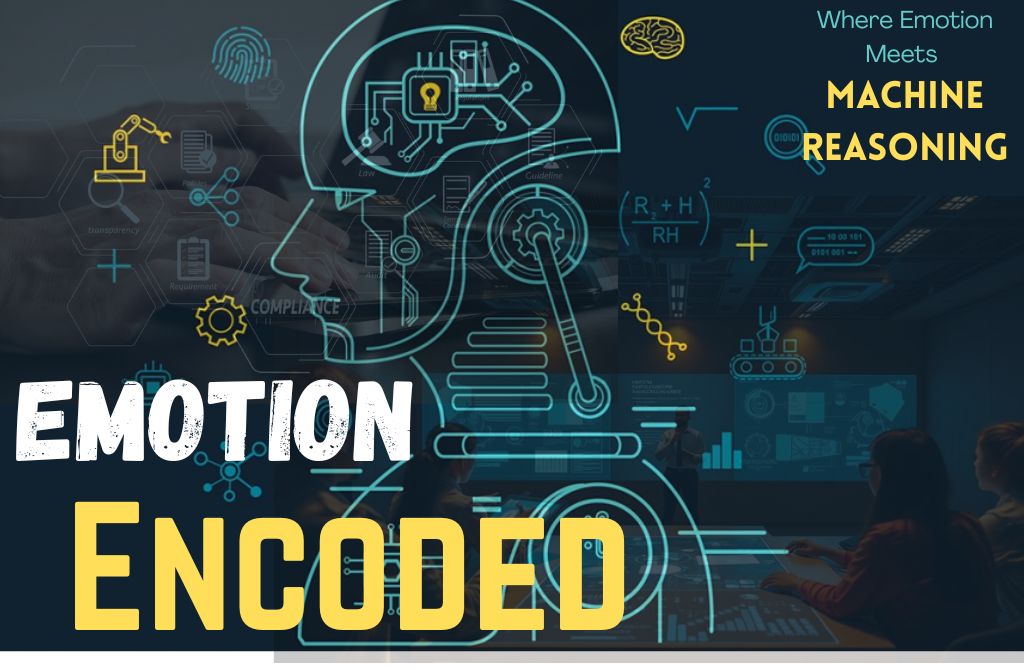
Emotion Encoded Research: Methods and Data
A detailed overview of the research methodology and survey results for the AI perception initiative.
The Emotion Encoded initiative is a continuous, mixed-methods research study designed to explore public and professional perceptions of AI. This research combines quantitative and qualitative data collection to provide a comprehensive understanding of emotional reasoning, biases, and ethical considerations in AI adoption. These methods ensure that findings accurately reflect both professional and public perspectives, enabling evidence-based recommendations for AI integration in high-stakes fields.
Quantitative Data Collection- Ongoing/ Continuous Interviews
Quantitative data is collected through a series of structured surveys distributed to over 100 respondents. The primary data collection instrument is Google Forms, featuring a mix of open-ended, multiple-choice, and Likert scale questions. Surveys are disseminated via social networks and in-person outreach to ensure a broad and diverse sample.
To date, two key surveys have been completed, with ongoing monthly data collection for a longitudinal design:
- Survey 1: n≈69 respondents.
- Survey 2: n≈44 respondents.
- Ongoing surveys: Monthly collection to track evolving perceptions.
Qualitative Data Collection
Qualitative insights are gathered through semi-structured interviews with over 20 professionals and subject-matter experts. Interviews are conducted via written responses and phone calls, allowing for flexible and detailed conversations. These interviews are ongoing. The study presents preliminary findings. Participants include professionals such as Dr. Bichara Sahely (physician) and Alex Straun (finance).
Qualitative interview data undergoes thematic and semantic analysis. Transcripts are systematically coded to identify recurring ideas, sentiments, and patterns. Emergent themes are synthesized into research findings, which inform articles, policy recommendations, and public discussions.